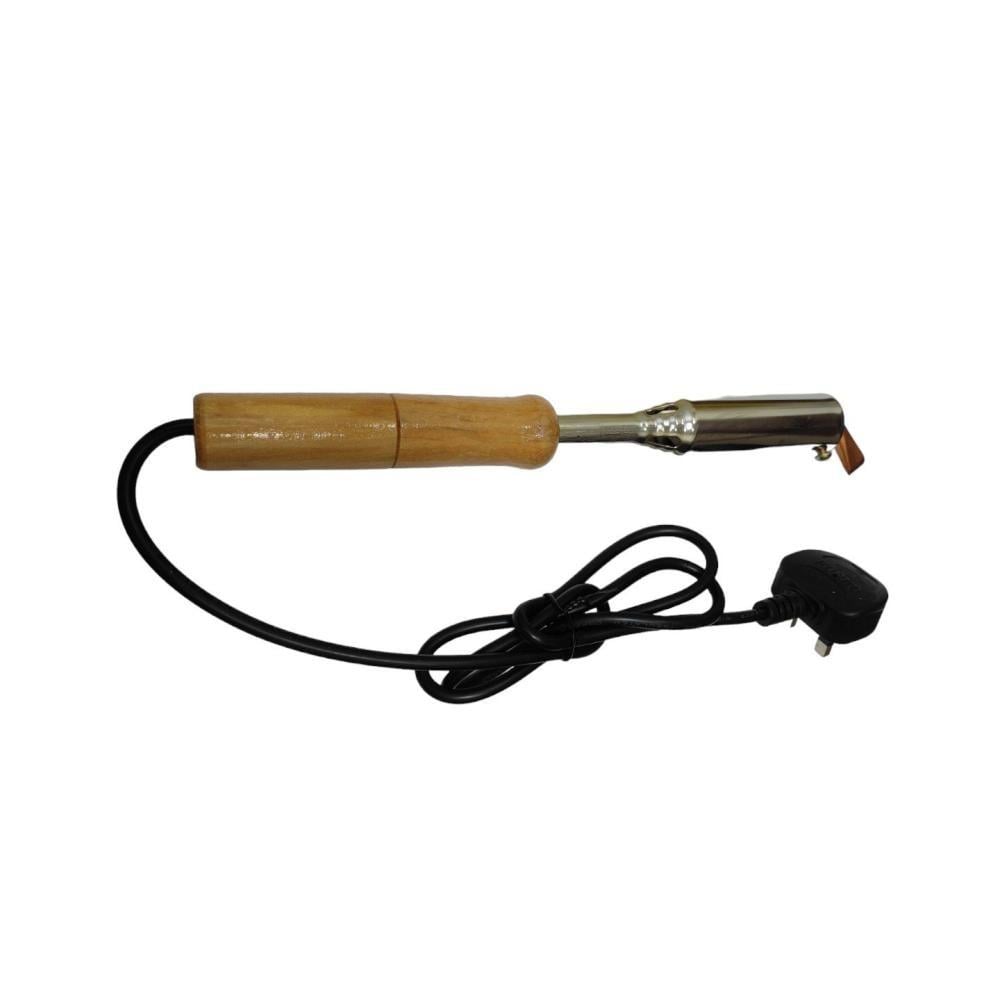Imagine yourself in a huge workshop, where sparks are scattered like little stars, and the smells of hot metal and industrial equipment emanate from it. In this scene, the welder stands like an artist painting his paintings with skilled fingers, using unbearable heat and electromagnetic forces to shape metal pieces with precision and mastery.
In this article, we will discover what welding is, and we will also learn about its different types, explaining how to choose the right type for each industrial application. Whether you are a professional seeking to develop your skills or an amateur who wants to understand the basics of this industrial art, you will find here all the comprehensive information you need about this important industrial technology.
What is welding and its types?
Welding is a technical process used to join two pieces of metal or plastic together by heat, pressure, or both. This process is essential in many industries, such as: construction, automotive, aviation, and marine industries.
To understand what welding is and its types, we must address the different types of welding and the characteristics that distinguish each type, which are as follows:
- Arc Welding.
- Gas Welding.
- Laser Welding.
Knowing about welding and its types is important for engineers and technicians; it helps them choose the most appropriate method for each application, which ensures the quality and durability of welded joints in various industries.
Electric arc welding
Electric arc welding is one of the most prominent welding techniques used in industry and technology, as it depends on igniting an electric arc between the electrode and the metal to be welded, which leads to the melting of the metal and the formation of a strong joint.
There are many types of electric arc welding, and each type has its own applications and benefits. Among these types, we mention the following:
1. Gas Shielded Arc Welding (GMAW): Also known as MIG welding, it is characterized by the use of a shielding gas to protect the welding area from contamination. This type is widely used in the automotive and metal structures industries.
2. Gas-tungsten arc welding (GTAW): Also known as gas tungsten or inert tungsten welding, a non-consumable tungsten electrode is used to produce the electric arc, with an inert gas such as argon used to protect the weld area. This type is ideal for welding sensitive materials, such as aluminum and titanium.
3. Shielded Electrode Arc Welding (SMAW): Also called stick welding, it relies on using an electrode covered with a layer of flux that decomposes during welding to form a shielding gas and a layer of slag. This type is widely used in construction and industrial work.
4. Submerged Arc Welding (SAW): It is characterized by the use of a flux powder that is added over the welding area to completely cover the electric arc, which reduces contamination and increases the quality of the weld. This type is used in heavy applications, such as: shipbuilding and large pipes.
These different types of arc welding demonstrate the wide variety of techniques available, allowing professionals and hobbyists alike to choose the method that best suits their projects.
Laser welding
Laser welding is a specialized type of welding that uses a laser beam as a means of generating the heat needed to fuse materials. This advanced technology is used in a variety of fields, such as aerospace, automotive, and electronics.
Laser welding is characterized by its high accuracy and speed of execution, making it ideal for applications that require superior quality and precise control of the process. The laser beam is precisely directed towards the area to be welded, allowing complete control over the depth and width of the weld. Laser welding can be used to weld delicate and complex metals as well as materials of varying thicknesses.
Laser welding techniques vary between pulsed laser welding and continuous laser welding. Pulsed laser welding provides temporary heat which reduces material deformation, while continuous laser welding provides continuous heat which makes it suitable for welding large or heavy parts.
Other advantages of laser welding include the lack of need for additional materials such as wires or inert gases, and the rare need for post-processing due to the purity of the weld. In addition, laser welding can be applied in controlled environments, such as clean rooms, making it suitable for sensitive applications in the electronics and medical industries.
With these characteristics, laser welding is an excellent choice for professionals and hobbyists looking for an advanced welding technology that ensures high quality and efficient performance.
Gas welding
Gas welding is one of the common welding techniques that relies on the use of gases to generate enough heat to fuse metals together, but what is gas welding?!
Gas welding is a process that involves the use of a flame produced by the combustion of a fuel gas with an oxidizing gas (usually oxygen). This process allows precise control of the temperature and environment surrounding the weld, making it suitable for many industrial and technological applications.
There are several types of gas welding, including:
- Oxy-acetylene welding: This is the most common and widely used type. It depends on the reaction of oxygen with acetylene to produce a high-temperature flame reaching about 3500 degrees Celsius. This type is used in welding steel and non-ferrous metals.
- Oxy-hydrogen welding: Hydrogen gas is used as fuel instead of acetylene. This type of flame has a relatively lower temperature, making it suitable for welding light metals and delicate work.
- Shielded gas welding: This involves using an inert gas, such as argon or helium, to protect the welding area from contamination by atmospheric oxygen and nitrogen. This type is used in welding aluminum, titanium, and other metals that react quickly with air.
Gas welding offers many advantages, including the ability to control heat precisely, flexibility in working with a variety of metals, and the ability to weld small and complex parts with ease. However, gas welding requires a high level of skill and experience to ensure accurate and high-quality results.
By understanding the types and techniques of gas welding, professionals and hobbyists alike can improve their skills and increase their efficiency in the field of industry and technology.
Welding tools
Welding tools are an essential element in the metal and structural industry. These tools include a variety of devices and equipment that contribute to the welding process of metals and other materials.
The most important welding tools are the welding torch, which is a device that generates a high-temperature flame to melt the materials to be welded. The welding gun is also used, which provides a high-voltage electric current to the electric arc that melts the materials to be welded. Another important tool is the welding torch, which uses compressed gases, such as oxygen and acetylene, to generate the high-temperature flame.
In addition to these main tools, there are other auxiliary tools, such as: pliers, a hammer, a cleaning brush, and soldering paste that helps facilitate the soldering process and protect the surrounding areas. A temperature gauge is also used to monitor the temperature of the areas to be soldered.
We also must not forget personal protective equipment, such as: goggles, gloves, and heat-resistant clothing to protect the welder from hazards.
It is worth noting that there are tools specific to each type of welding. For example, tungsten inert gas (TIG) welding uses different tools than shielded arc welding. Gas welding requires the use of gas pipes, valves and regulators, while arc welding requires electrical connection cables, plugs and switches. Welding tools also differ depending on the materials to be welded and the industrial processes.
Therefore, being familiar with the types of welding tools and how to use them properly is vital to a safe and effective welding process.
Finally, dear reader, after reviewing the different types of welding, starting from electric arc welding, laser welding, and reaching gas welding, we hope that you have learned what welding is and what its most important tools are. Whether you are a professional looking for precise technical details or an amateur who wants to explore new techniques, this information will give you a complete understanding that will help you make the right decisions and improve your skills.
Therefore, we invite you to visit the Diamond Corner website to explore more about the various welding tools and supplies.

